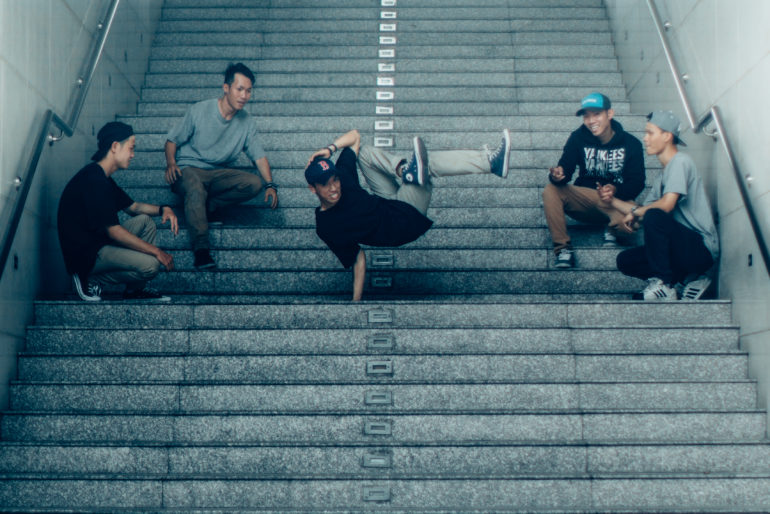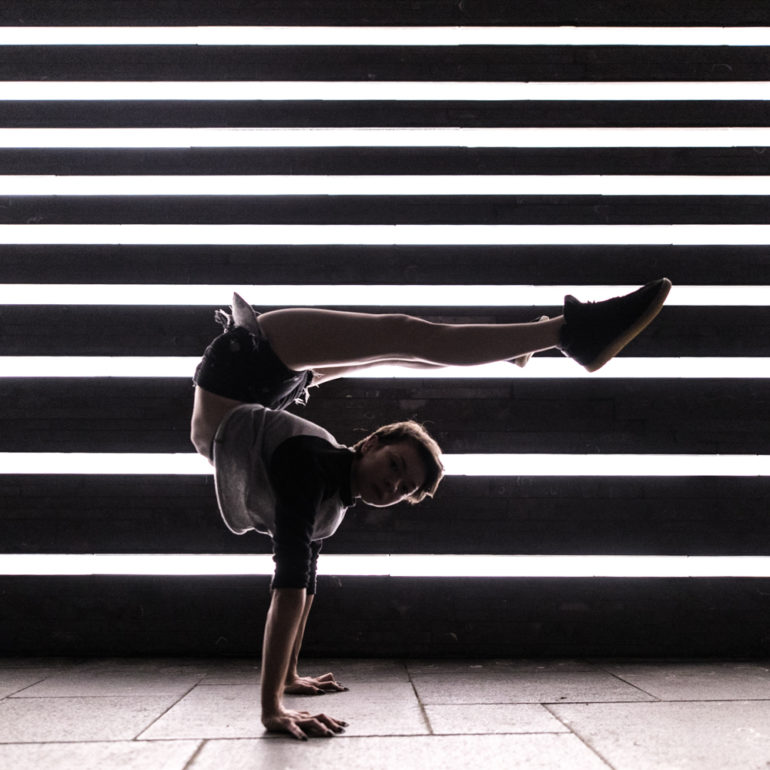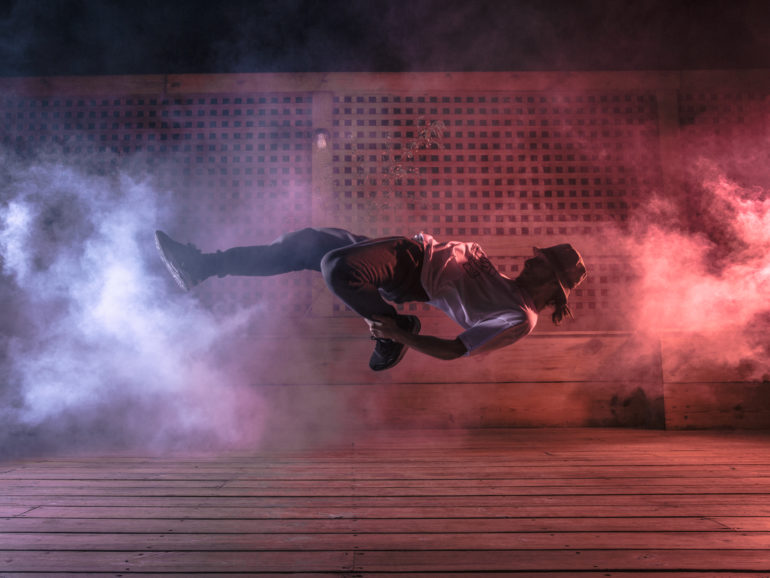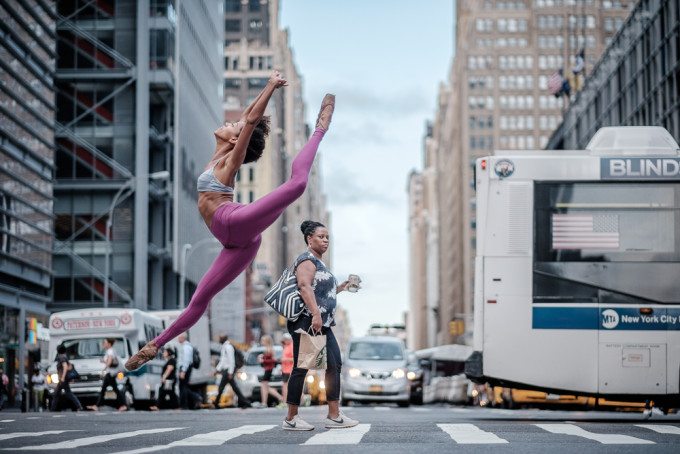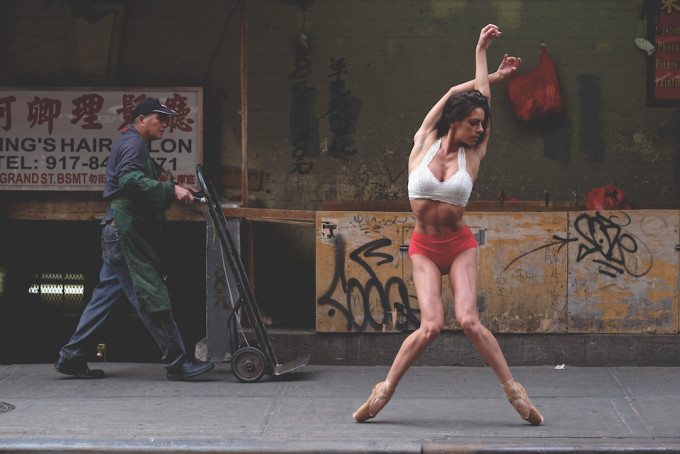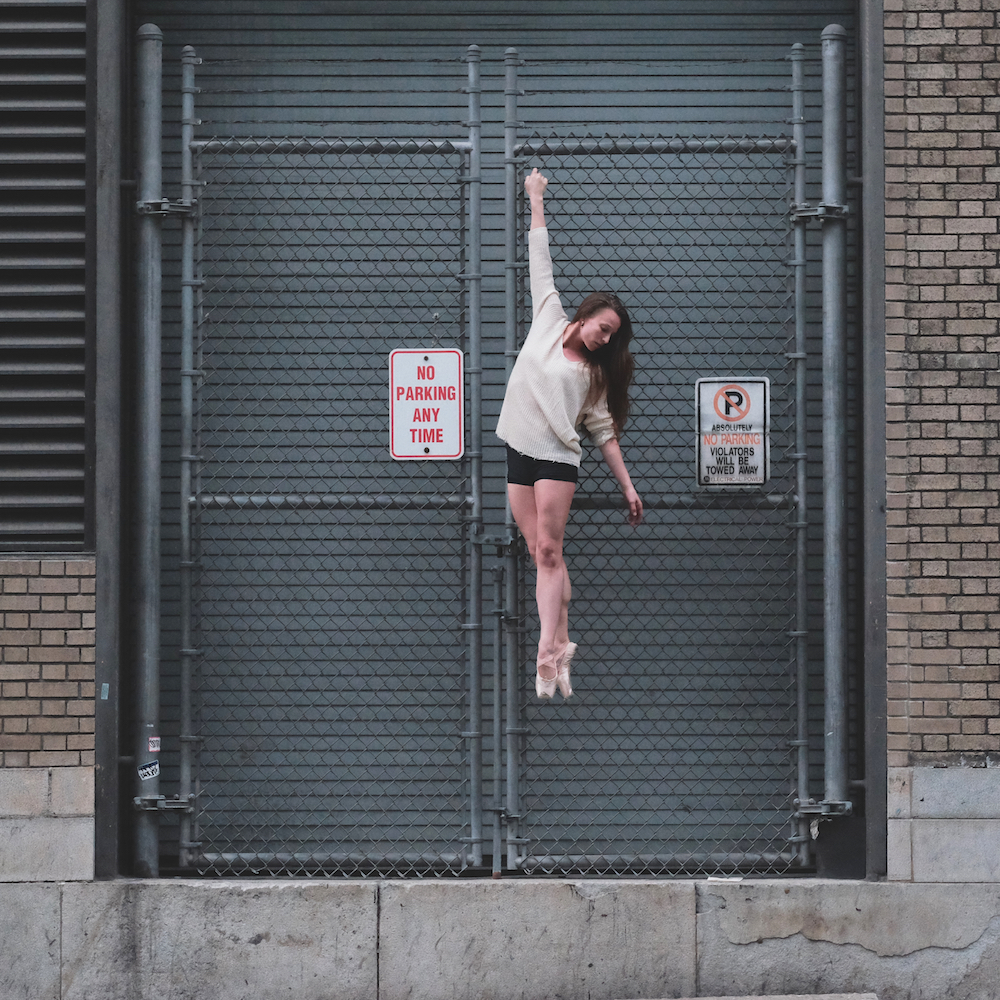Dance photography is absolutely gorgeous; so how do you get into it?
It’s quite easy for many photographers to scroll in their Instagram feed and double tap any dance photography that they see. The reason why is because it’s all pretty magical. Like everyone in the photography community says and does though, everyone wants to do it. But how? To figure this out, we talked to photographer Kien Quan and Omar Robles–arguably two of the bigger dance photographers on Instagram. In two separate interviews, we took a look at their work and asked for digestible quotes to help out other photographers.
Kien Quan
Kien has a unique way of approaching dancers. He is himself a former dancer. We’ve featured him in our Inside the Photographer’s Mind series where he talks about this in depth.
Phoblographer: How you do go about finding dancers to work with and collaborate with?
Kien: There are a few ways. As I’ve been in the dance scene for over 13 years, a majority of the people that I shoot are my friends even before I picked up a camera. If I haven’t met them, I either get referred or I get directly contacted through email or social media. I think a combination of my contributions in the dance scene and a strong social presence has opened up doors for me.
Phoblographer: How important is it to understand the type of dance that they do?
Kien: I like to think that I am partially creating art and partially documenting a person. I rather figure out what story the talent wants to feature and tell it. To understand that, you need to grasp the values in the niche or community. It’s built on trust and respect. If you don’t really understand what you are shooting, it’s very obvious that you are a poser or an outsider. These are things you can’t really teach in a textbook but you pick it up by submerging yourself in that world. This is a common theme when it comes to documenting people in any group, culture, or affiliation.
Phoblographer: What are some things that you typically do for each shoot that have just become routine?
Kien: I would say pre-planning is something routine for me. It is actually the hardest hurdle and the actual shoot is very easy once I have a game plan. Most of my planning usually manifests itself when I have these questions answered.
- Who am I shooting and what is their story?
- What can they do and cannot do? Move-wise and what they are comfortable with.
- How do the talent want to represent themselves?
- How much time do I have?
- What are my resources (travel and money)?
- Are they hard to work with?
- What are my options with locations?
- Can I make this different from what I shot before?
Phoblographer: Do you ever get tired shooting a dancer more than twice?
Kien: I get bored of everything after the first time. The question is how can you stay consistent and keep switching things up to keep yourself interested? I like to learn new techniques or do something completely different so when I come back, I have a new mindset. As of this moment, I oscillate between dance photography, video and commercial work. Either one can get stale but if I ever get bored I will focus on the latter. When I figure out something cool in one activity, it excites me to try it out in the other field.
“If you don’t really understand what you are shooting, it’s very obvious that you are a poser or an outsider. “
Phoblographer: How much does gear play a role in your photography?
Kien: I think the content and the story is the most important. Gear and technique is just the cherry on top.
Phoblographer: How do you go about choosing locations and times?
Kien: I don’t have an exact answer but I have to hash all of those factors to figure it out.
Omar Robles
Omar seems to really agree with what Kien says. Just ask a dancer is what they both say! It doesn’t hurt at all. As we’ve stated a number of times with portrait subjects, just have good intentions.
Phoblographer: How you do go about finding dancers to work with and collaborate with?
Omar: I mostly search for people through Instagram. I look for dancers with strong technique.
Phoblographer: How important is it to understand the type of dance that they do?
Omar: Extremely important. I would say it’s 90% of the work. Dance is a codified language. And you need to be able to communicate your vision with the dancers in their language as well as understand their feedback. I am as much as a photographer as I am a choreographer within the context of my work.
Phoblographer: What are some things that you typically do for each shoot that have just become routine?
Omar: I give dancers time to warm up, during which time I talk to them to develop a rapport and give them a rundown of the shoot.
Phoblographer: Do you ever get tired shooting a dancer more than twice?
Omar: On the contrary, the more you work with a dancer the more they can surprise you. Plus I’ve built over the time strong relationships with them.
Phoblographer: How much does gear play a role in your photography?
Omar: Some, but it’s more about style than anything else.
Phoblographer: How do you go about choosing locations and times?
Omar: For times I go with the sun, so close to sunrise and sunset. Location, I never know what I’m looking for until I find it. I go with a general idea of a place I want to meet up with them and from there we just walk and explore.
Phoblographer: You’ve gotten into doing a lot of nude dancers recently. Why?
Omar: I wanted to try something different. Nudity as a great way to show the dancer’s strength and beauty as well as their vulnerability. I feel it really makes for a strong and poetic image.
All images used with permission from the respective photographers.
Related
from The Phoblographer http://bit.ly/2PQtjTK
via IFTTT
